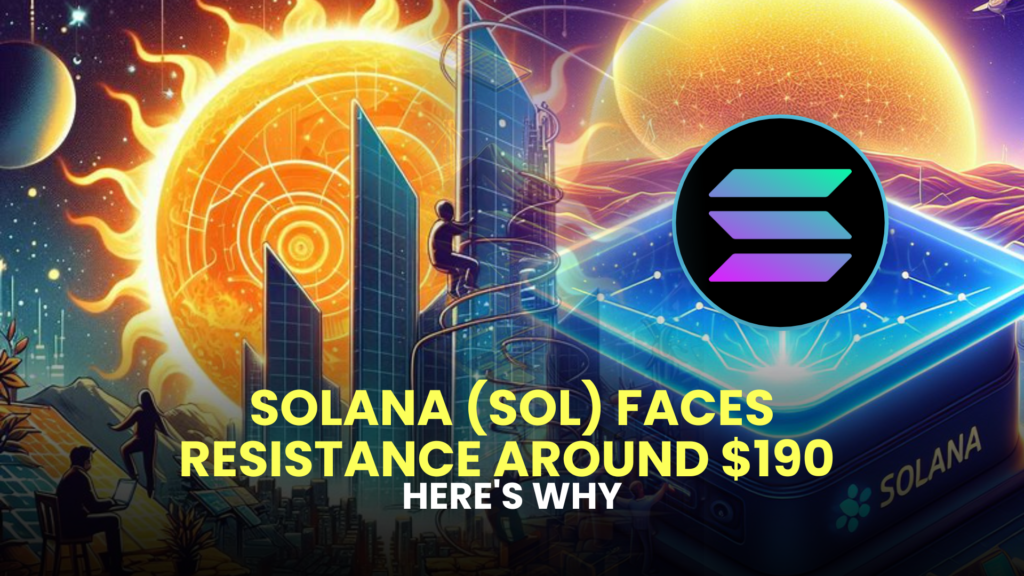
Solana’s SOL Token Sees a 5% Increase
Solana’s native token, SOL (SOL), experienced a 5% increase on May 27, trading up from $161 on May 26 to $171. This rise fueled investors’ hopes for continued growth, especially since SOL had reached $188.90 on May 21, just days earlier. A significant factor in SOL’s upward movement is a proposal designed to increase yields for validators rather than burning tokens, though network activity remains unchanged.
Solana Eliminates 50% Burn Rate on Priority Transaction Fees
On May 27, Solana’s validators approved the SIMD-0096 proposal, which eliminates the 50% burn rate on priority transactions and sets it to 0%. Consequently, from epoch 621 onward, all transaction fees will be allocated to block producers. This shift aims to ensure validators are motivated to prioritize network security and efficiency over engaging in arbitrage strategies that involve transaction reordering or exclusion.
Understanding Maximal Extractable Value (MEV)
Maximal extractable value (MEV) refers to profits block producers make by determining the order of transaction processing on the blockchain. With each block containing a limited number of transactions, validators can choose which pending transactions to include, often to the detriment of regular users who might face poorer execution prices in decentralized finance (DeFi) applications.
Potential Inflationary Impact on the Solana Network
However, the SIMD-0096 proposal might negatively impact the Solana Network by making SOL more inflationary, notes Laine, a Solana staking validator. Despite the yearly issuance increase of 4.6%, Laine points out that priority fees were absent in May 2023, suggesting that the effective inflation rate would revert to approximately 9.9% annually.
Impact of Ether ETF Approval on SOL
Some analysts believe that SOL’s recent price adjustment is a reaction to a decline caused by the approval of an Ether (ETH) exchange-traded fund (ETF) in the United States. The SEC’s approval on May 23 propelled ETH to $3,975 on May 27, just shy of its $4,090 peak in 2024.
Analyst and investor ‘gumshoe’ suggests that traders turned bearish on SOL following the Ether spot ETF approval, described as a “once in a lifetime bull catalyst.” He argues that the market has excessively focused on the Ether ETF decision, despite SOL’s year-to-date gains of 69% closely mirroring Ether’s 72% in the same timeframe.
Stagnant Network Activity on Solana
Despite varying interpretations of the impact of eliminating the burn mechanism, growth in Solana’s network usage remains sluggish, especially when compared to Ethereum and its layer-2 solutions.
Recent data from DappRadar indicates a mere 5% increase in Solana’s decentralized application (DApps) volumes over the past week, starkly underperforming against Ethereum’s 52% increase. The BNB Chain saw a 22% increase in the same period, highlighting Solana’s relative underperformance.
- Solana’s decentralized application (DApps) volumes increased by only 5%.
- Ethereum’s DApps volumes increased by 52%.
- BNB Chain’s DApps volumes increased by 22%.
In terms of active users, Solana’s 6% weekly decline in unique active addresses is close to Ethereum’s 4% decrease. However, competitors like BNB Chain (BNB) and Polygon (MATIC) have seen increases in active users by 25% or more. Solana’s second-largest decentralized exchange, Raydium, experienced a 16% drop in users this week, while its NFT marketplace Magic Eden saw a 22% decline.
Future Outlook for SOL
It remains uncertain how much of SOL’s recent decline to $161 was triggered by speculation around Ether’s ETF approval, nor is it clear how long it will take for these instruments to begin trading in the U.S.
Given the stagnant on-chain activity and significant criticisms of the inflationary changes due to the elimination of the burn mechanism, it appears unlikely that SOL will soon reclaim its previous high of $188.90.
This article does not contain investment advice or recommendations. Every investment and trading move involves risk, and readers should conduct their own research when making a decision.


